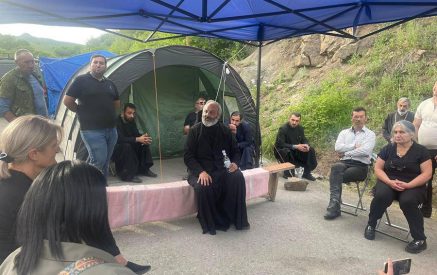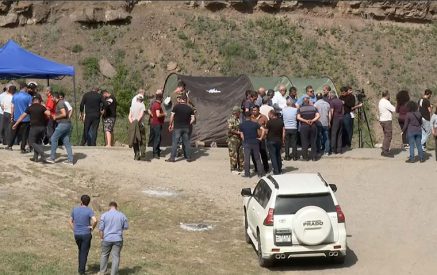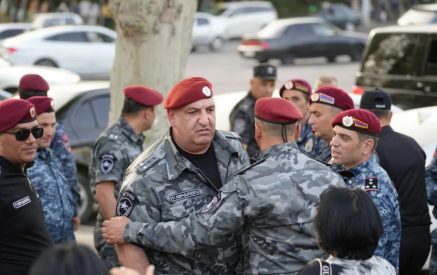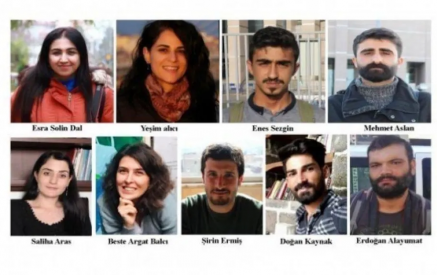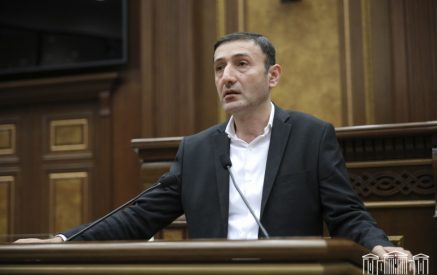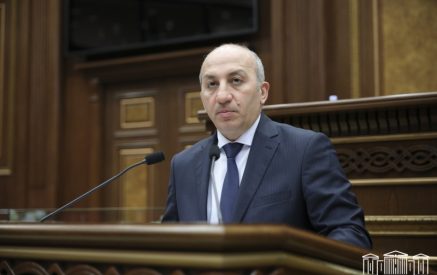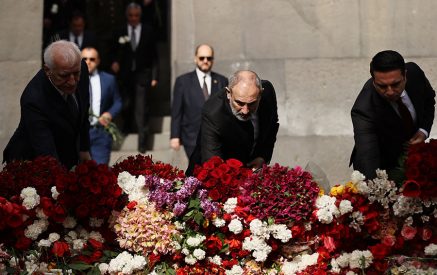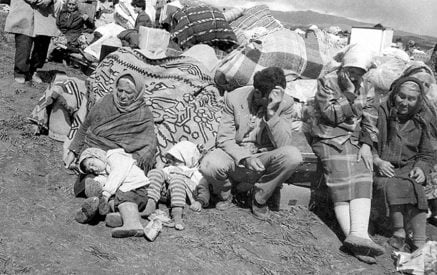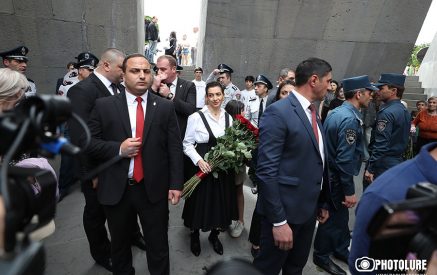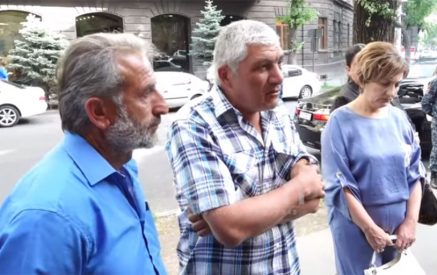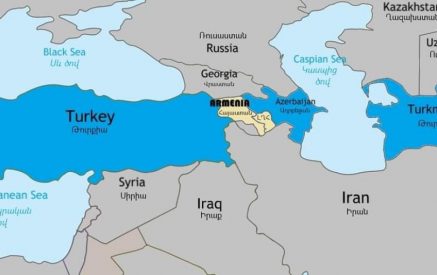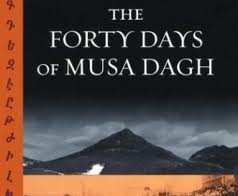
“The Sandcastle Girls” by Chris Bohjalian has awakened the popular imagination about this genocide that left over 1.5 million Armenians dead and that the Turkish government to this day pretends never happened. In New York, the New York Theatre Workshop is staging a new play, “Red Dog Howls,” on the genocide, with production scheduled to remain through Oct. 24. The paperback release of the exceptional non-fiction account of surviving the forced exodus of the Armenian people, “The Knock at the Door” by Margaret Ajemi Ahnert, occurred this fall. And recently, boutique publisher David R. Godine issued a more fully restored and newly translated edition of the 1933 classic of Armenian resistance, “The Forty Days of Musa Dagh” by Franz Werfel.
In “The Forty Days of Musa Dagh,” Gabriel Bagradian, his French wife Juliette and their son Stephan have returned to Gabriel’s ancestral village of Yoghonoluk after many years in Paris due to the death of his brother, the last Bagradian of his line. It is not a move that was planned, but after a time the family settles in and decides to stay in place for an indefinite interim, bringing as many trappings as possible of their European civilization with them. Though it is not Paris, Juliette becomes the big queen fish in a relatively small pond and finds her adjustment somewhat easier than expected; Stephan likewise adapts once he reaches the conclusion that he must dress and act more like his Armenian friends and neighbors instead of like the Paris boy he was. At the time, all appears calm in the Ottoman Empire, yet, as world war breaks out, and Turkey aligns itself with Austria-Germany, the future does not look bright for a return to Paris, and there begin rumblings between the Muslim Turks and the Christian Armenians.
As the ethnic conflict heats up, the Turks begin their effort to cleanse the empire of the Armenians; Bagradian initially feels relatively safe and secure due to the influence of this family’s name and power, and also the fact that his wife is French. But, as is now common knowledge, it was exactly the well-known and the powerful among the Armenians who became the first targets. The forced exile of the Armenians begins, though in many respects it is a sham exile, as the Armenians are driven from their land with little in the way of possessions or provisions, are relentlessly marched into Syria, and if not shot or beaten to death by their protectors, they are pushed to the point of collapse and death in their tracks. Whereas thousands may begin an exodus, a bare handful may survive at the end.
Read also
Eventually, the decree comes to Yoghonoluk and the six other small villages within the shadow of Musa Dagh, the formidable mountain that stands over them all. Gabriel and a few other leaders organize a secret resistance, and they begin surreptitiously fortifying Musa Dagh and transporting what arms and provisions the villages possess to the mountain. The evening prior to the morning of the seven-village exile, approximately 5,000 villagers abandon their homes for the mountain, leaving but hundreds of Armenians to be marched into the desert. Of those who choose exile, virtually none survive.
The bulk of Franz Werfel’s book details the 40 days of resistance by this brave group of Armenians, who fight off repeated attacks by far superior Turkish forces through insightful mechanisms of defense and pure and simple guts and courage. Not only must the Armenians battle the Turks – they must also fight through their lack of armaments, the rationing and eventual depletion of their food supply, their own naysayers and a few traitors among themselves, as well as those among them resentful of the command structure and, eventually, a major fire within their compound.
The reader will be constantly on edge, as there is always present the formula for disaster and defeat, and the suspense can sometimes be terrifying. There is never a moment, once the Armenians are encamped on Musa Dagh, where the reader will feel that “all is well.” The only consistent sensation readers might acquire as they move through the story is that, at least on Musa Dagh, they and the characters of the novel are still alive, whereas had they had marched off into exile, they would now be dead.
Franz Werfel did an amazing amount of rigorous research prior to writing “The Forty Days of Musa Dagh,” and the novel is relatively accurate is its depiction of all that actually happened. Obviously, the characters are created by Werfel, though for the most part they are based on real people of the resistance. For instance, Gabriel Bagradian was patterned somewhat after the leader of the resistance, Moses Derkalousdian, who later would live out the remainder of his life in Lebanon, dying at age 99 in 1986. Werfel wrote of seven villages comprising the resistance, whereas there were only six; the seventh actually chose the path of exile and death. And, instead of 40 days, the resistance held Musa Dagh for 53; Werfel chose 40 days because that was the length of the biblical flood and perhaps also because the English translation of Musa Dagh is Mountain of Moses.
The novel reads extremely well, and that is a good thing as it is 900 pages long; it is that long if you choose to read the preface and the translator’s note, which I suggest. The fact that the novel casts light on the only successful resistance attempt to the genocide is important; there were three other attempts across the empire, but two ended in total massacres and one mostly so. Also, the fact the genocide, and the novel, preceded the Holocaust and that Werfel sensed what was pending in Germany and actually rewrote part of the novel in the hope of giving a warning, add to the importance of this work. So, pick up “The Forty Days of Musa Dagh” for the cold days of winter, as it will be able to keep you company for several days, or weeks, and leave you with some food for thought.
Review’s note: Sometimes we see one side of the story but not the other. Although there can be no denying the Armenian Genocide despite what the Turkish government might say, and it certainly was a horrible and unforgivable event, the Armenians at not scot-free in the atrocity department. Within the former Soviet Union, there is an area where the Armenians forced out the Muslim Azeri population, with much death and deportation. This area is known as the Nagorno-Karabakh Republic, an entity not recognized by any government. The events there have happened over the past 25 years, and to this day the Armenians and the Azeri still face off against each other in trenches.



